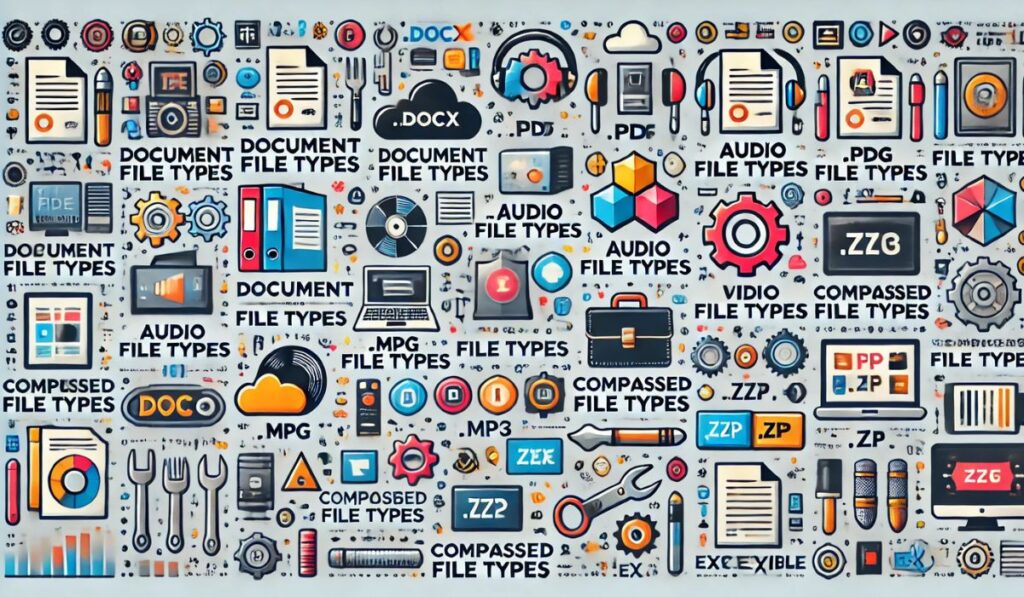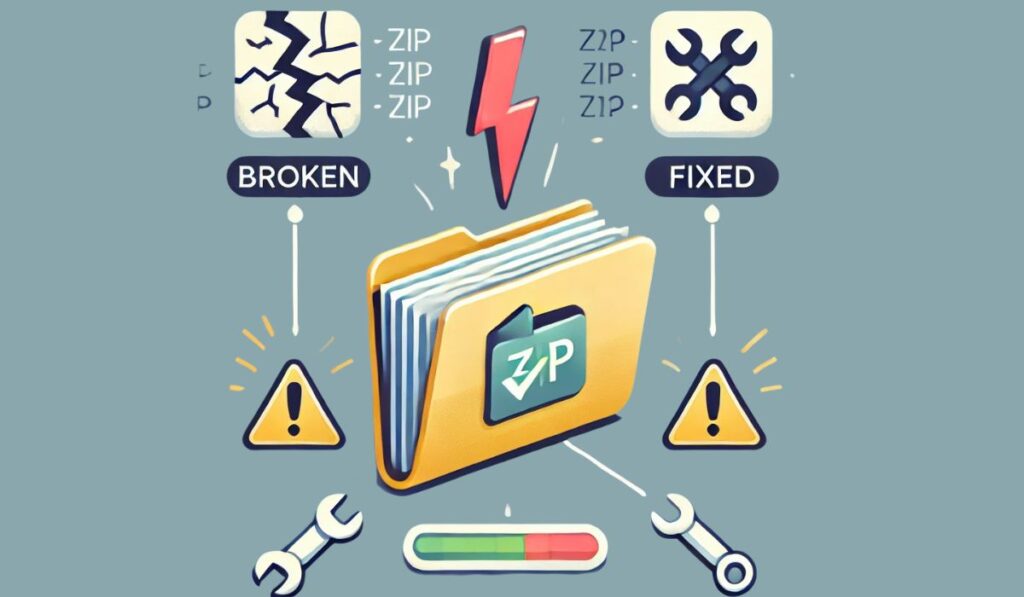In today’s digital world, documents play a vital role in both personal and professional settings. Whether you’re working on contracts, reports, or any other type of document, it’s common to have multiple versions of the same file. Manually comparing them can be a hassle, especially when there are multiple edits or revisions. This is where a Word file compare tool comes in handy. These tools help you quickly identify differences between two or more documents, saving you time and reducing the chance of errors.
If you’re looking for various examples of documents to test these comparison tools, you can find them in our Samples Documents files, which includes a range of formats like Word, PDF, and others.
In this article, we’ll take a deep dive into what a Word file compare tool is, why it’s useful, and how to use it to improve your productivity.
What is a Word File Compare Tool?
A Word file compare tool is a software feature that allows users to compare two or more versions of a Word document. The tool highlights changes between the versions, making it easy to see what has been added, removed, or modified. These changes can be text, formatting, or even objects like images or tables.
The comparison tool typically highlights the differences using different colors or strikethroughs, making it easy to spot changes at a glance. It’s an incredibly useful tool, especially for people who work on collaborative documents, such as editors, writers, lawyers, or project managers.
Built-in Word Comparison Tools
If you use Microsoft Word, you’re in luck because it has a built-in document comparison feature. You don’t need to download any third-party software to compare files. Here’s how you can do it:
- Open Microsoft Word.
- Go to the “Review” tab in the top menu.
- Click on the “Compare” button.
- Select “Compare two versions of a document (legal blackline).”
- Choose the original document and the revised document.
- Click “OK.”
Once you’ve done this, Word will generate a new document that shows the differences between the two files. All changes will be highlighted, and you can navigate through them easily using the Review Pane.
Why Do You Need a Word File Compare Tool?
A Word file compare tool is more than just a convenience—it’s essential for anyone working with multiple versions of a document. Here are some key reasons why you might need it:
1. Accuracy
When you’re comparing documents manually, it’s easy to miss small changes, especially in lengthy documents. A compare tool will ensure that every change, no matter how minor, is highlighted.
2. Time-saving
Manually reviewing documents to spot differences can be incredibly time-consuming. With a Word file compare tool, you can quickly generate a comparison report, allowing you to focus on making decisions rather than hunting for changes.
3. Collaboration
In collaborative environments, multiple people often work on the same document. Keeping track of all the edits and revisions manually can be challenging. A Word file compare tool allows everyone to see the changes made by different team members and approve or reject them as needed.
4. Legal and Compliance
In industries like law, healthcare, and finance, where document accuracy is critical, using a compare tool is essential to ensure compliance with regulations and avoid legal disputes. Any unnoticed change could have significant consequences, so comparing files precisely is crucial.
Types of Word File Compare Tools
There are several types of tools available to compare Word documents. While Microsoft Word has its own built-in tool, there are third-party options that offer more advanced features. Let’s look at both:
1. Built-in Microsoft Word Tool
As mentioned earlier, Microsoft Word has a built-in comparison feature. This is ideal for users who only need to compare simple text differences. It’s straightforward and doesn’t require any extra installations. However, it might not be sufficient for complex documents that include detailed formatting changes or non-textual elements.
2. Third-Party Comparison Tools
For users who need more advanced functionality, there are several third-party comparison tools available. These tools are often used by professionals who need detailed comparisons that go beyond just text changes. Some of these tools can compare:
- Formatting changes
- Tables and charts
- Headers and footers
- Embedded objects (images, diagrams, etc.)
Examples of popular third-party tools include:
- Adobe Acrobat Pro: While mainly known for PDFs, Adobe Acrobat Pro also offers powerful document comparison features, including Word documents.
- DocuProof: This tool focuses on ensuring document accuracy in fields like law and finance.
- Araxis Merge: A professional-grade tool that not only compares Word files but also supports other file formats like PDFs, images, and code.
How to Use a Word File Compare Tool Effectively
Knowing how to use a Word file compare tool can drastically improve your workflow. Here’s a step-by-step guide to ensure you get the most out of your tool:
Step 1: Prepare Your Documents
Before you start comparing, make sure you have the correct versions of your documents saved and ready. Label them clearly (e.g., “Contract_Original” and “Contract_Revision”) so you can easily identify which is the original file and which is the revised one.
Step 2: Open the Comparison Tool
If you’re using Microsoft Word, follow the steps outlined earlier to access the built-in compare feature. If you’re using a third-party tool, make sure to install and open the software.
Step 3: Select the Original and Revised Documents
Most tools will ask you to select both the original and the revised document. Be careful here—choosing the wrong version can confuse the comparison process. Always make sure you know which document is the “original” and which is the “revised.”
Step 4: Review the Differences
Once the comparison is complete, the tool will generate a report showing all the differences between the documents. You can navigate through the changes one by one or use the summary pane to get an overview of the changes.
Step 5: Make Edits or Approve Changes
After reviewing the differences, you can either manually edit the document based on the changes or approve/reject the revisions if you’re working in a collaborative environment.
Best Practices for Document Comparison
Here are some tips to help you get the most accurate and efficient results when comparing Word files:
1. Use the Latest Versions
Always make sure you’re comparing the latest versions of your documents. Comparing outdated files can lead to confusion and errors.
2. Focus on Significant Changes
Not every change will be important. Some might be minor formatting issues, while others could be critical content changes. Make sure to prioritize the changes that are most relevant to your document.
3. Save Comparison Results
After comparing documents, always save the results in a separate file. This will serve as a record of the changes and can be useful for future reference.
Conclusion
A Word file compare tool is a powerful asset for anyone who works with documents, especially when dealing with multiple revisions or collaborating with others. By using these tools, you can save time, improve accuracy, and ensure that no critical changes go unnoticed. Whether you’re using Microsoft Word’s built-in feature or a more advanced third-party tool, understanding how to use a Word file compare tool effectively can enhance your productivity and make your document editing process smoother.



